Creeping Madness
Control and Socio-political Implications
While Creeping Madness deals massive damage to the environment and populations living in the swamps, major steps were not taken by the Faerie Empire until about 100 Diamond. This is for a variety of reasons, the most prominent being that the swamps were of very little economic or cultural value to the wider Fae populaces. They only meant something to the nature mages and warlocks, who were also the main populations that lived in swamps. As both of these groups were and still are seen in a negative light by most Fae, government help was infamously slow in responding to new outbreaks. Eventually, however, the Empire started digging their heads out of the sand and researching ways to control the spread of Creeping Madness. They found that the plant has three major weaknesses: cold, certain strains of warlock magic, and chemical herbicides. While it was also found that Creeping Madness could be burned, the smoke contains and spreads massive amounts of poison, which could result in devastating death tolls both in the swamps and anywhere the smoke blew.Basic Information
Anatomy
Basic Structure and Appearance
Creeping Madness is composed of three parts: an extensive root system, vines to climb and wrap around trees, and long, thin, drooping leaves. The vines will grow in a spiral pattern around the trunk of a tree, splitting into multiple vines that wrap around the branches. The leaves growing on these vines grow so dense and long that the presence and shape of the vines are nearly completely hidden. The root system is shallow and spreads out though the ground up to 9 meters from the original plant.Survival Mechanisms and By-products
Creeping Madness naturally releases gaseous nerve toxins that affect all animals native to Faerie. This leads to hallucinations, madness, and eventually death. Due to its singular effect on Faerian and Otherlandian species, it is theorized that Creeping Madness may have originally been sent as a bioweapon from another world. In order to survive in the swamps, Creeping Madness grows up the sides of trees, which allows it's leaves to reach sun light. The trees are also protected from predators by the Creeping Madness, because anything that wants to eat the tree first has to chew through a layer of extremely poisonous leaves and vines. Various parts of the Creeping Madness plant contain rare, extremely deadly poisons, which has allowed for no natural predator to the plant to exist. These poisons affect all known animal and semi-animal life in Faerie, causing death within hours.Genetics and Reproduction
Growth Rate & Stages
Active
"Blooming"
Declining
Ecology and Habitats
Dietary Needs and Habits
Additional Information
Uses, Products & Exploitation
Geographic Origin and Distribution
The Killer From Beyond
One popular theory about the arrival of Creeping Madness is that it was purposely sent from Tşh´óaeşiv´ia as a weapon, earning it the haunting nickname of "the Killer from Beyond." Substantial evidence for this theory does exist. First off, the poisonous and ecosystem collapsing effects specifically target creatures from şiv´ia. Secondly, Creeping Madness is hyper specialized to Faerian and Otherlands swamps, to such a degree that it would not be a stretch to consider it to have been tailor made. The third, and most compelling argument that Creeping Madness is, in fact an attack of some kind, is that it is found in every swamp in both Faerie and the Otherlands. These swamps have never been directly connected and travel between them is rare, so Creeping Madness must have entered all of them independently, at around the same time. Even with the high minor vortex rates in swamps, this would be highly improbable as a natural event. The timeline most commonly put forth by supporters of this theory goes as follows:- Some sort of inciting incident, which leads to hostilities
- Tşh´oaeşív´ians, who have seen Faerie mostly through minor vortexes, engineer a weapon that is best suited to attack the biome they had seen the most of: swamps
- The Creeping Madness is deployed and begins its first attack on Faerie
Major Outbreaks In Faerie
Creeping Madness first appeared in Faerie during the Age of Blood and the early Diamond Dynasty. Even though combative measures were created at the time, the swamps of Faerie have remained sparsely populated and of little wider political or economic value throughout most of Faerian history. This has allowed for many outbreaks to began unnoticed and unchecked. Here is a brief summary of major Creeping Madness outbreaks:- (1 Diamond - 306 Diamond) Original outbreaks in all swamps. Rapid growth occurs until combative measures are invented and put into widespread use.
- (400 Diamond - 450 Diamond) Outbreak in a small, Central Faerian swamp goes unnoticed until poisoned air costs dozens of lives in a nearby settlement.
- (1,234 Fable - 2 Air) Outbreak starting from an illegal hallucigen lab spreads rapidly through large inland swamps, insufficient steps are taken to control the outbreak.
- (Start of 1st Faerian Civil War - 460 Thicket) Creeping Madness is purposely planted near enemy camps during battles in the swamps during the civil war. Without a focused central government to intervene, the plants retake huge swaths of swamp land. One of the biggest early missions of the Thicket Dynasty was to reduce the Creeping Madness infestation to such a point that the swamps were once again inhabitable. Following that, strict laws were passed to control Creeping Madness.
- (10,094 Storm - 4 Eternity) An outbreak of Creeping Madness linked to a government backed poison lab spread uncontrollably. No action was taken to counter the spread until the end of the Second Faerie Civil War, after which the Eternity Dynasty started fighting it back. The effort to recover from this outbreak continues to this day, with 50 acres of Creeping Madness and 106 acres of dead zones remaining within the swamps of Faerie (as of 32 Oriole).
Remove these ads. Join the Worldbuilders Guild


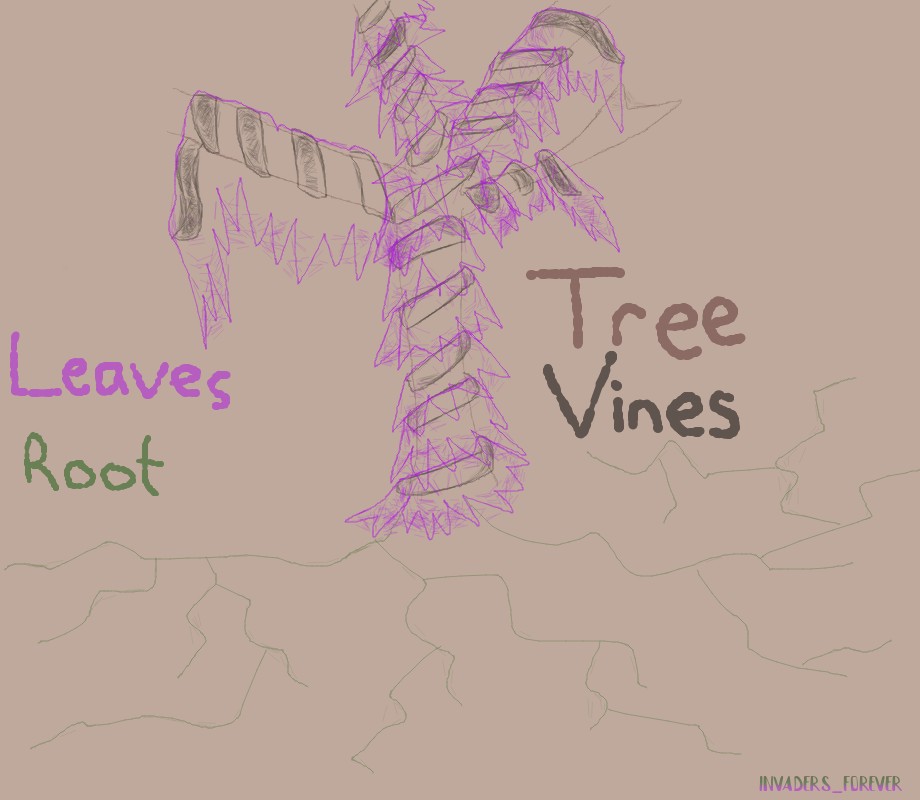
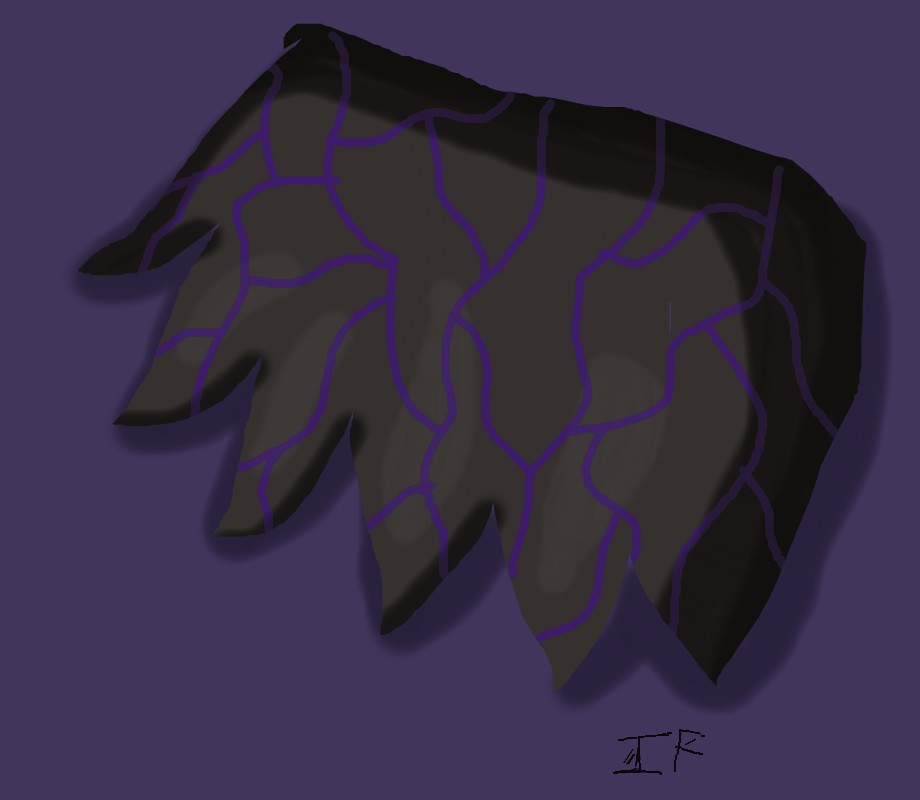
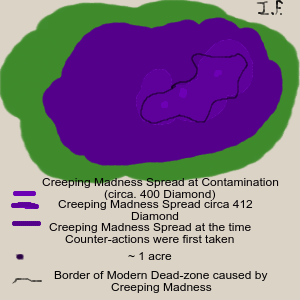
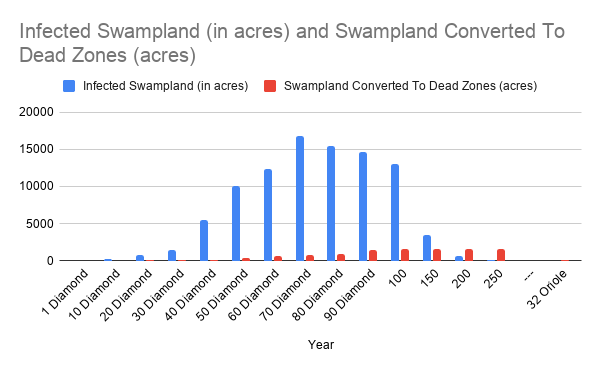
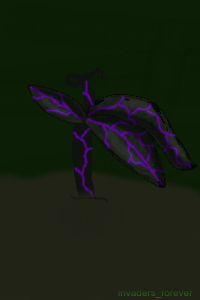
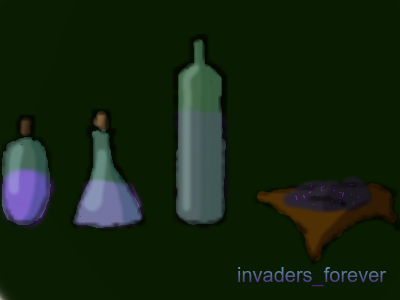










Nice plant! This is really a great bioweapon XD I like that you've presented that has an infestation/attack and given data of the spread through the years and graphs. Some notes I took while reading the article: In the tooltip on Faerians, you may have an "of" instead of "or" The first image in basic structure and appearance may not be loading properly, I see the symbol for an unloaded image. Why is the creeping madness also in Otherland if they are the one who contaminated Faerie? Did it escape by mistake? " In return, the tree receives a certain level of protection from the Creeping Madness' natural defense: extremely poisonous leaves, vines, and roots." You don't mention what level of defence the tree gets and how the creeping madness gives it. Or do you not mean that the tree is protected from the poison for example, but by the poison against potential predators? – I see that you explain that later however I think you can clarify that here too. " the only thing that thrives in the dread vine's domain." Though the trees are still there right? Can the tree reproduce if the pollinators are doing from the creeping madness? Or are they not affected by it? The creeping madness too can't live in the dead zone, right? What is done to fight back against creeping madness? What techniques do people use? I'd imagine fire would work well – part form the fact that a fire spreading in a swamp is a bit difficult so the tree would have to be burnt one by one… Or can bits of the roots of creeping madness hide underground or underwater and so survive the fire?
Thanks for the feed back. About the Otherlands thing, the Creeping Madness is supposed to be from the Outerworld,which, looking back is probably to similar in name and needs to be changed so I'll work on figuring that out. I also probably need to add a tooltip for both locations to explain what they are anyway, looking back. On the dead zones, what I was trying to convey is that all of the animals die, which upsets the balance of the ecosystem that leads to the plants, including creeping madness to die. this leaves huge expanses where nothing can grow until decomposers do their work and get all those nutrients back into the soil. Also, because of how much water the Creeping Madness uses, there might be some desertification going on there too? Not sure, anyway I'll go back through that section and see if I can clear things up.
Ah! I didn't even notice that you had two different word with Outerworlds and Otherlands! I did read the article at 1am but still... Pointing out the difference might be a good idea indeed :D Regarding the dead zones that's indeed the idea I got, but I think you can make that slightly more explicit just to make sure. Good luck with the editing :D